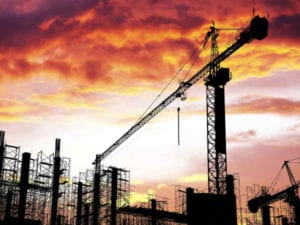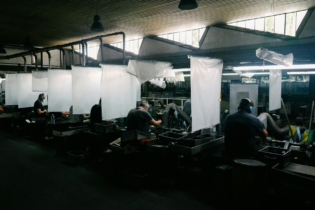The FNB/BER Civil Confidence Index fell to an all-time low of five in the second quarter, as a result of the sharp decline in activity.
This is due to many firms having been closed in April and May. After rising from 10 to 24 between the first quarter of 2019 and 2020, the FNB/BER Civil Confidence Index recorded a new low in 2Q2020. The current index level means that the overwhelming majority (95%) of respondents are dissatisfied with prevailing business conditions. “It’s not surprising that activity contracted sharply in 2Q2020 given that the construction industry was in a near total shutdown for much of the quarter, with very few firms able to operate before 1 June,” said Siphamandla Mkhwanazi, property economist at FNB. Along with the fall in activity, company order books also waned.“This suggests that the growth in construction works will be under more pressure for the rest of the year relative to our expectations in 1Q2020,” added Mkhwanazi.
One counter to the downbeat outlook for the sector is the increased focus on infrastructure development as part of the post-COVID-19 economic recovery plan. Earlier this week President Ramaphosa hosted the Sustainable Infrastructure Development Symposium South Africa (SIDSSA). The initiative aims to increase engagement between the public and private sector at every stage of the project life cycle, from planning to financing to implementation. The goal is to “emerge with a fundable infrastructure project pipeline”. It was announced at SIDSSA that 276 projects, with a total investment value of R2.3 trillion, are currently being evaluated. Moreover, 55 of these are considered to be “shovel-ready”. According to Mkhwanazi, “should these or even just a part of these projects materialise, it will provide welcome relief for the civil construction industry. However, this is not the first time that grand plans for infrastructure delivery have been announced only for contractors to be disappointed by a lack of action later on. We will only see an increase in confidence once tender activity and tender awards start rising. For now, it is an upside risk to the outlook, especially if private sector funding can fill the gap left by very constrained public finances”.







